Home>Articles>How The Apple Watch Tracks The Number Of Steps In A Flight Of Stairs
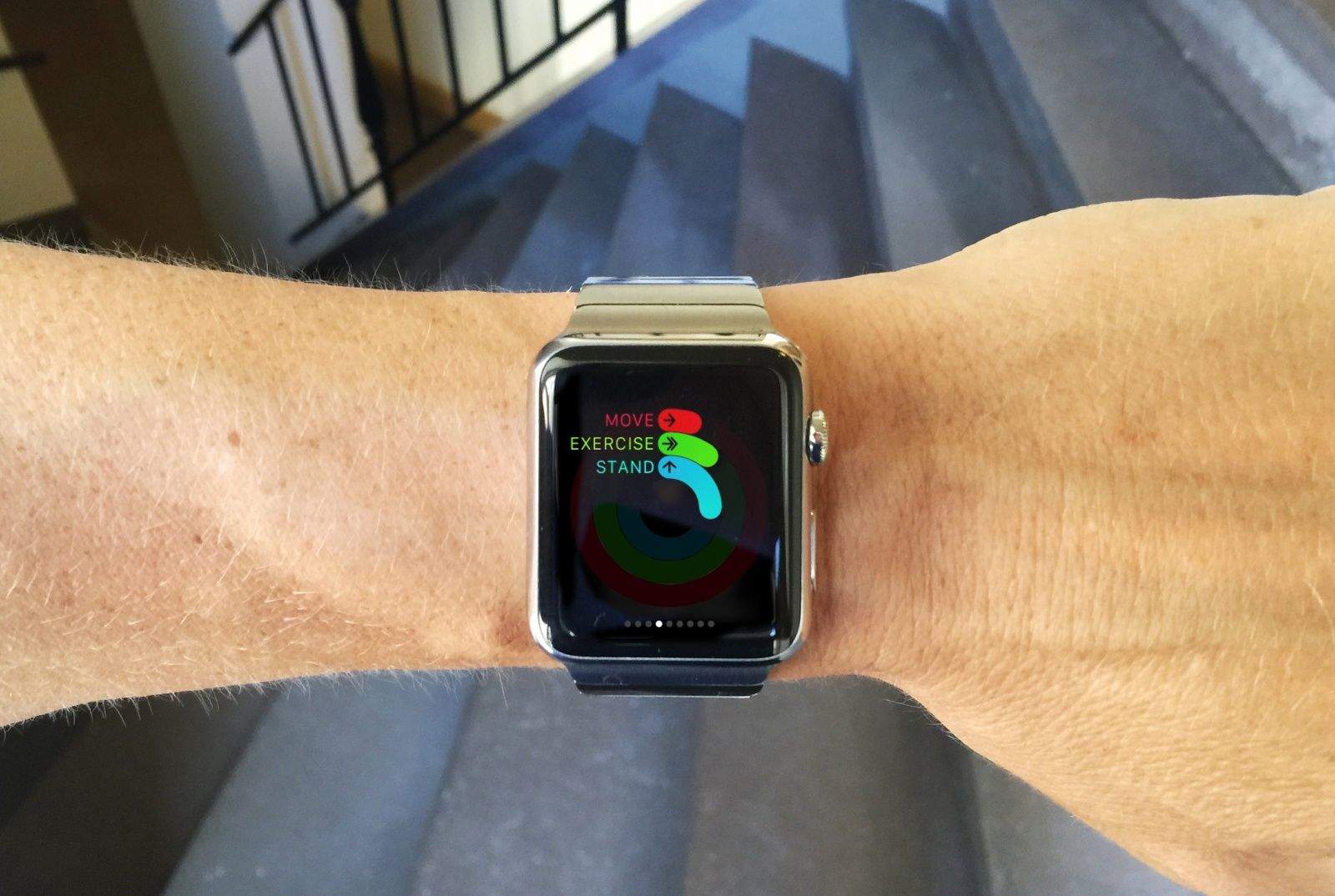

Articles
How The Apple Watch Tracks The Number Of Steps In A Flight Of Stairs
Modified: December 7, 2023
Discover the perfect answer to "How Many Steps In A Flight Of Stairs Apple Watch" and explore informative articles on various topics. Find everything you need to know here!
(Many of the links in this article redirect to a specific reviewed product. Your purchase of these products through affiliate links helps to generate commission for Storables.com, at no extra cost. Learn more)
Introduction
Welcome to this comprehensive guide on how the Apple Watch tracks the number of steps in a flight of stairs. As wearable technology continues to advance, the Apple Watch has become a popular choice for monitoring and tracking fitness activities. One of its many features includes the ability to count the number of steps climbed, providing valuable insights into your daily physical activity.
Understanding how the Apple Watch calculates steps in a flight of stairs is not only interesting, but it can also help you make the most out of your fitness routine. Not only will you be able to accurately track your progress, but you will also gain a deeper understanding of the factors that affect the accuracy of the stair count.
In this article, we will delve into the details of how the Apple Watch tracks steps in a flight of stairs, discuss the benefits of counting steps, explore the factors that can impact the accuracy of the count, and provide tips for troubleshooting any issues that may arise. So, let’s get started and discover how our favorite wearable companion keeps track of our stair climbing efforts!
Key Takeaways:
- The Apple Watch utilizes sensors and algorithms, such as the accelerometer and barometric altimeter, to accurately track stair climbing, providing valuable insights into physical activity and encouraging a healthier lifestyle.
- Factors such as technique, stair design, and arm movement can impact the accuracy of stair counting with the Apple Watch. By following proper techniques and troubleshooting steps, users can achieve more precise tracking results and optimize their fitness monitoring.
Read more: How Many Flights Of Stairs Is 1000 Steps
Understanding the Apple Watch
Before diving into how the Apple Watch tracks steps in a flight of stairs, it’s essential to have a basic understanding of this popular wearable device. The Apple Watch is a smartwatch that offers a wide range of features designed to help users stay connected, monitor their health, and track their fitness activities.
Equipped with a powerful processor, various sensors, and a sleek design, the Apple Watch is a stylish and functional accessory that seamlessly integrates into your daily life. With its built-in accelerometer, gyroscope, and barometric altimeter, the Apple Watch is capable of accurately tracking your movements and providing valuable data about your workouts and physical activity.
In addition to its fitness tracking capabilities, the Apple Watch allows you to receive notifications, make calls, send messages, and even stream your favorite music or podcasts. Its intuitive user interface and customizable watch faces make it easy to access information, monitor your progress, and stay motivated throughout the day.
With different models available, such as the Apple Watch Series 6, SE, and earlier generations, you can choose the one that best suits your needs and budget. Each model offers unique features and improvements, but when it comes to tracking steps and counting stairs, the basic functionality remains consistent.
Now that we have a general understanding of the Apple Watch, let’s explore its ability to count steps in a flight of stairs and the benefits of tracking this metric.
Benefits of Counting Steps
Counting steps may seem like a simple activity, but it can have a significant impact on your overall health and well-being. Here are some of the key benefits of tracking and counting your steps:
- Encourages Physical Activity: Counting steps encourages you to be more active and helps you set goals for daily movement. It provides a tangible measure of your activity level and motivates you to take more steps throughout the day.
- Aids in Weight Management: Walking and climbing stairs are effective forms of exercise that can contribute to weight loss or weight maintenance. By tracking your steps, you can monitor your activity level and adjust your calorie intake accordingly to achieve your desired weight goals.
- Improves Cardiovascular Health: Walking and stair climbing are excellent forms of aerobic exercise that can strengthen your heart and improve your cardiovascular fitness. Counting steps allows you to track your progress and ensure that you are engaging in enough physical activity to benefit your heart health.
- Enhances Mental Well-being: Engaging in regular physical activity, even in the form of walking or climbing stairs, has been shown to boost mood, reduce stress, and improve mental well-being. Counting steps and setting achievable goals can provide a sense of accomplishment and promote a positive mindset.
- Provides Accountability: Tracking your steps gives you a sense of accountability and helps you stay on track with your fitness goals. With the Apple Watch, you can easily see your daily step count and monitor your progress over time, allowing you to make adjustments and stay committed to a healthy lifestyle.
Whether you are aiming for weight management, improved fitness, or just looking to incorporate more movement into your day, counting steps can be a powerful tool in achieving your desired health outcomes. With the Apple Watch’s ability to accurately track steps in a flight of stairs, you can take your fitness tracking to the next level and gain valuable insights into your physical activity.
Now that we understand the benefits of counting steps, let’s delve into the specifics of how the Apple Watch tracks steps in a flight of stairs.
Overview of Stair Climbing
Stair climbing is a form of physical activity that offers numerous benefits for cardiovascular health, leg strength, and overall fitness. Whether you’re tackling a flight of stairs in a building, using a stair climber machine at the gym, or simply incorporating stair climbing into your daily routine, this activity can have a positive impact on your well-being.
When you climb stairs, you engage multiple muscle groups in your lower body, including your quadriceps, hamstrings, calves, and glutes. This helps strengthen and tone your leg muscles, contributing to improved balance and stability. Additionally, the increased effort required to ascend stairs elevates your heart rate, making stair climbing an effective cardiovascular workout.
Stair climbing can also be a time-efficient way to fit in some physical activity. Instead of waiting for an elevator or escalator, you can choose to take the stairs whenever possible, incorporating extra movement and exercise into your daily routine.
In terms of calorie expenditure, stair climbing can be quite efficient. It is estimated that climbing stairs burns around 8 to 11 calories per minute, depending on factors such as body weight and speed of ascent. Regular stair climbing can contribute to weight management and overall calorie balance.
Furthermore, stair climbing is a weight-bearing exercise, which is beneficial for bone health. The impact and resistance involved in stair climbing helps stimulate bone density and can aid in preventing osteoporosis.
Now that we have an understanding of the benefits of stair climbing, let’s explore how the Apple Watch tracks steps in a flight of stairs.
How Apple Watch Tracks Stair Climbing
The Apple Watch utilizes a combination of sensors and algorithms to accurately track the number of steps taken in a flight of stairs. The primary sensors used for this purpose are the accelerometer and barometric altimeter.
The accelerometer is a built-in motion sensor that measures your arm movements and the rate at which you move. It detects the up-and-down motion of your wrist when you climb stairs, translating this motion into step counts. When it detects a consistent and rhythmic pattern of movement indicative of climbing stairs, it records each step you take.
Additionally, the Apple Watch is equipped with a barometric altimeter, which measures changes in atmospheric pressure to estimate changes in altitude. When you climb stairs, the altimeter detects the increase in elevation and correlates it to the number of flights of stairs climbed.
By combining the data from both the accelerometer and barometric altimeter, the Apple Watch is able to accurately track and count the steps you take while climbing stairs. This information is then displayed on the watch face, along with other fitness metrics, such as total steps taken, calories burned, and distance travelled.
It’s worth noting that the Apple Watch may not provide real-time updates for each flight of stairs climbed. Instead, it often aggregates the data and updates the count periodically to provide a more accurate and reliable measurement of your stair climbing activity.
Now that we know how the Apple Watch tracks stair climbing, let’s explore some factors that can affect the accuracy of the stair count.
To track the number of steps in a flight of stairs using an Apple Watch, use the “Workout” app and select the “Stair Stepper” option. The watch will then count the flights of stairs you climb.
Read more: How Many Stairs Is 110 Flights
Factors Affecting Stair Count Accuracy
While the Apple Watch is generally accurate in tracking stair climbing, there are several factors that can affect the accuracy of the stair count. It’s important to be aware of these factors to ensure that you’re receiving the most precise data:
- Technique: The Apple Watch relies on the motion of your wrist to detect stair climbing. It’s essential to maintain a consistent and rhythmic motion while climbing stairs for the watch to accurately count each step. Irregular or jerky movements can result in inaccurate readings.
- Stair Design: The design and layout of the stairs can impact the accuracy of the step count. For example, if the stairs are very narrow or unevenly spaced, it may be challenging for the watch to detect each step accurately. Additionally, spiral or winding stairs can pose challenges in detecting consistent motion.
- Speed and Intensity: The speed and intensity at which you climb stairs can also affect the accuracy of the step count. If you climb stairs too quickly or without putting in enough effort, the watch may not register each step. It’s important to maintain a moderate pace and exertion level for accurate tracking.
- Arm Movement: The Apple Watch relies on the motion of your wrist to detect stair climbing. If your arms are stationary or not swinging freely while climbing stairs, the watch may not accurately register the steps. Keep your arms moving naturally to ensure accurate tracking.
- Consistency: In some cases, the watch may not count each flight of stairs climbed in real-time but rather aggregate the data and update the count periodically. It’s important to be consistent in wearing the watch and using the same wrist for accurate tracking.
While the Apple Watch is designed to be accurate, it’s important to keep these factors in mind and be mindful of your technique and movement while climbing stairs. This will help ensure that your step count is as accurate as possible.
Now that we understand the factors that affect stair count accuracy, let’s explore some tips for achieving more precise tracking.
Tips for Accurate Stair Counting
To achieve more accurate stair counting with your Apple Watch, consider implementing the following tips:
- Use Proper Technique: Maintain a consistent and rhythmic motion while climbing stairs. This will help the watch detect each step accurately. Avoid jerky or irregular movements.
- Swing Your Arms: Ensure that your arms are moving naturally while climbing stairs. This arm movement helps the Apple Watch detect your steps more effectively.
- Climb at a Moderate Pace: Avoid rushing up the stairs. Climb at a moderate pace to ensure that each step is counted accurately. This also allows the watch to detect your movements more reliably.
- Wear the Watch Firmly: Ensure that your Apple Watch is securely fastened to your wrist. A loose-fitting watch may affect the accuracy of the step count. Adjust the strap to keep the watch in place during activity.
- Awareness of Stair Design: Be mindful of the design and layout of the stairs you’re climbing. Some stair designs, such as narrow or unevenly spaced stairs, may pose challenges for accurate step counting.
- Confirm Updates: Keep in mind that the Apple Watch may not provide real-time updates for each flight of stairs climbed. Allow some time for the watch to aggregate and update the count periodically.
By following these tips, you can increase the accuracy of stair counting with your Apple Watch. It’s important to note that while these practices can enhance accuracy, there may still be limitations depending on individual factors and environmental conditions.
Now that we have covered tips for accurate stair counting, let’s explore some troubleshooting steps for resolving any stair counting issues you may encounter.
Troubleshooting Stair Counting Issues
While the Apple Watch is generally reliable in counting steps in a flight of stairs, there may be instances where you encounter issues or discrepancies in the count. Here are some troubleshooting steps you can take to address stair counting issues:
- Check Wearing Position: Make sure you’re wearing the Apple Watch snugly on your wrist, as a loose fit can affect the accuracy of motion detection.
- Reset Calibration: If you notice consistent inaccuracies in the stair count, you can try recalibrating the Apple Watch. Go to the Watch app on your iPhone, select ‘My Watch’, then ‘Privacy’, and tap on ‘Reset Fitness Calibration Data’. This will reset the step and distance calibration, and allow the watch to recalibrate based on your movements.
- Update Software: Ensure that your Apple Watch and iPhone are running the latest software updates. Sometimes, software bugs can affect the accuracy of step counting. Updating to the latest version can resolve such issues.
- Restart Apple Watch: A simple restart of the Apple Watch can sometimes resolve minor issues. Press and hold the side button until the power off slider appears, then drag the slider to turn off the watch. To turn it back on, press and hold the side button again until the Apple logo appears.
- Contact Apple Support: If you have exhausted troubleshooting steps and continue to experience persistent issues with stair counting, it’s recommended to reach out to Apple Support for further assistance. They can provide personalized guidance and solutions based on the specific issue you’re facing.
By following these troubleshooting steps, you can address common stair counting issues and ensure more accurate tracking with your Apple Watch.
Now that we have covered troubleshooting steps, let’s wrap up our discussion on counting steps in a flight of stairs.
Conclusion
In conclusion, the Apple Watch offers a valuable feature that allows you to track and count the number of steps taken in a flight of stairs. By utilizing a combination of sensors and algorithms, such as the accelerometer and barometric altimeter, the Apple Watch accurately detects your motion and elevation changes to provide an accurate measurement of your stair climbing activity.
Counting steps and tracking stair climbing can bring several benefits to your overall health and well-being. It encourages physical activity, aids in weight management, improves cardiovascular health, enhances mental well-being, and provides a sense of accountability. With the Apple Watch, you have a powerful tool to monitor your progress and achieve your fitness goals.
While the Apple Watch is generally accurate in counting steps in a flight of stairs, several factors can impact its accuracy. These factors include technique, stair design, speed and intensity, arm movement, and consistency. By being mindful of these factors and following proper techniques, you can ensure more precise tracking results.
If you encounter any issues with stair counting, you can troubleshoot by checking wearing position, resetting calibration, updating software, and restarting the Apple Watch. If problems persist, reaching out to Apple Support is recommended for further assistance.
Overall, the Apple Watch provides a convenient and reliable way to track and count steps in a flight of stairs, allowing you to monitor your fitness progress and lead a healthier lifestyle. So, put on your Apple Watch, start climbing those stairs, and let it help you achieve your fitness goals one step at a time!
Frequently Asked Questions about How The Apple Watch Tracks The Number Of Steps In A Flight Of Stairs
Was this page helpful?
At Storables.com, we guarantee accurate and reliable information. Our content, validated by Expert Board Contributors, is crafted following stringent Editorial Policies. We're committed to providing you with well-researched, expert-backed insights for all your informational needs.





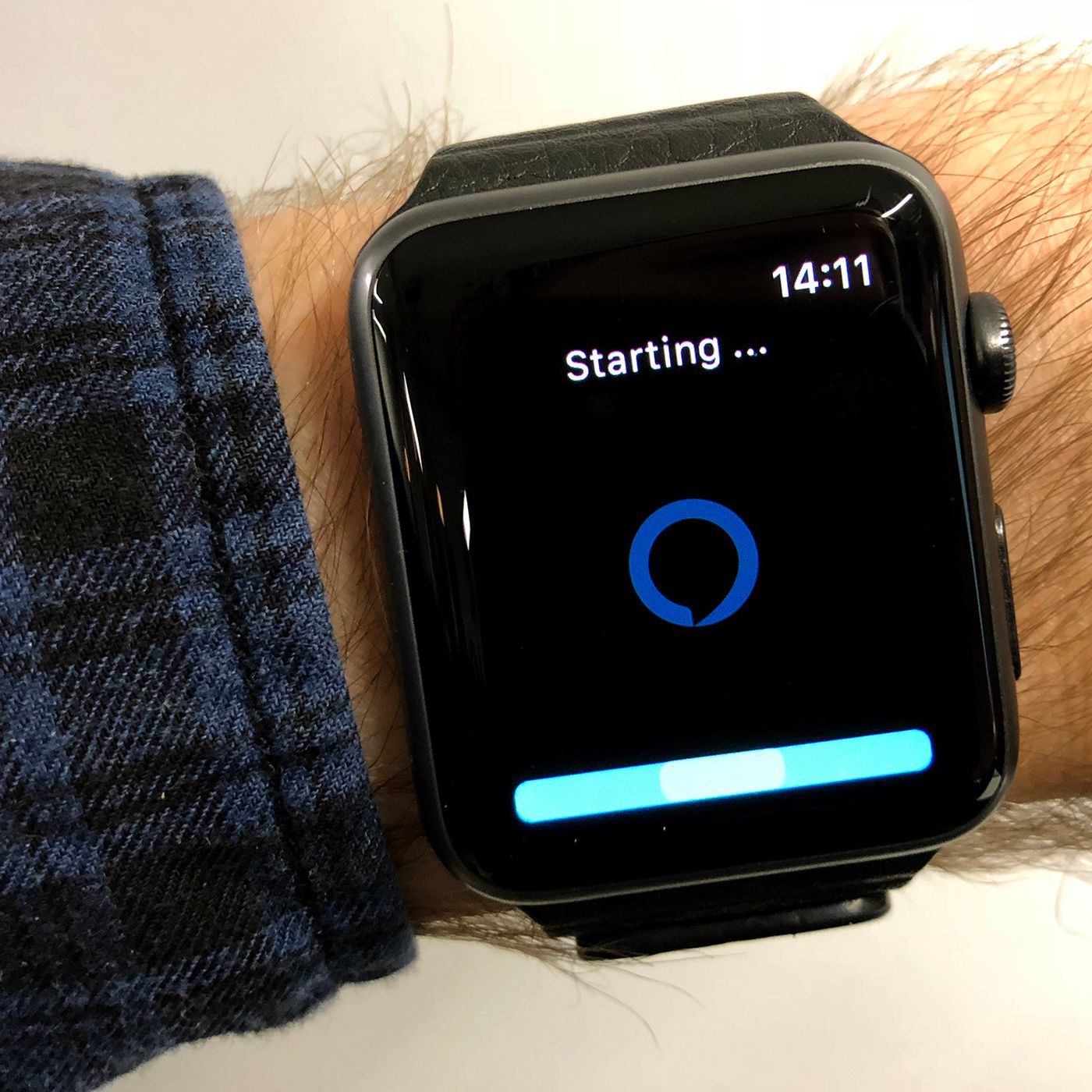

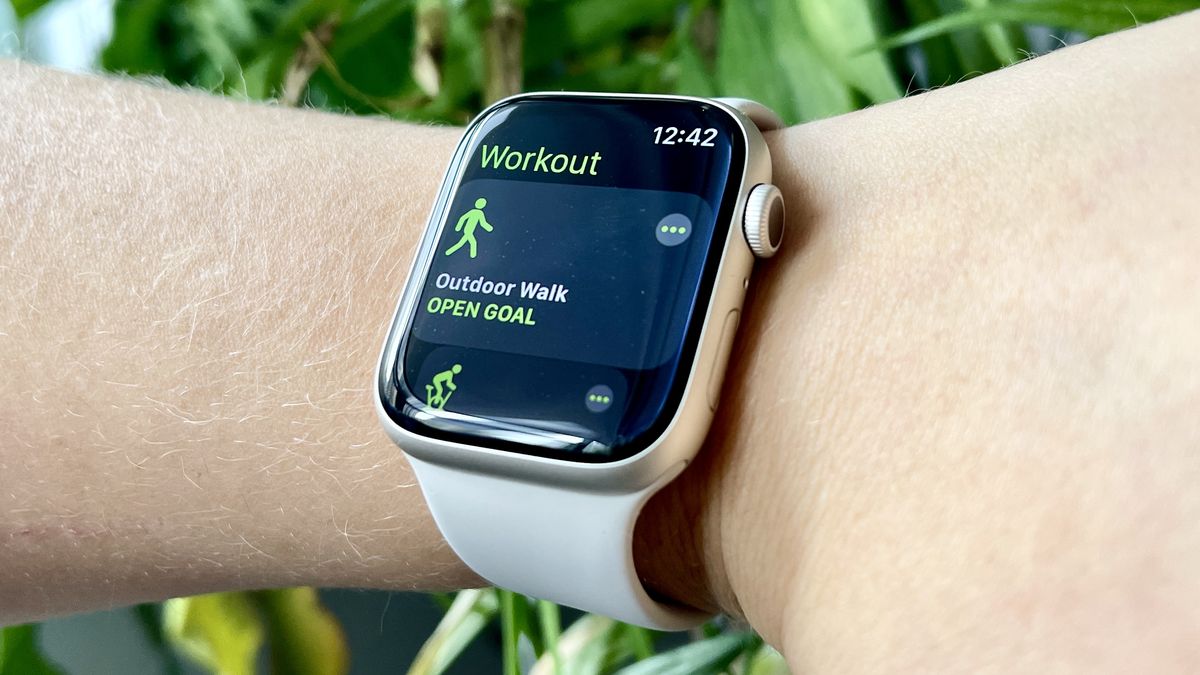
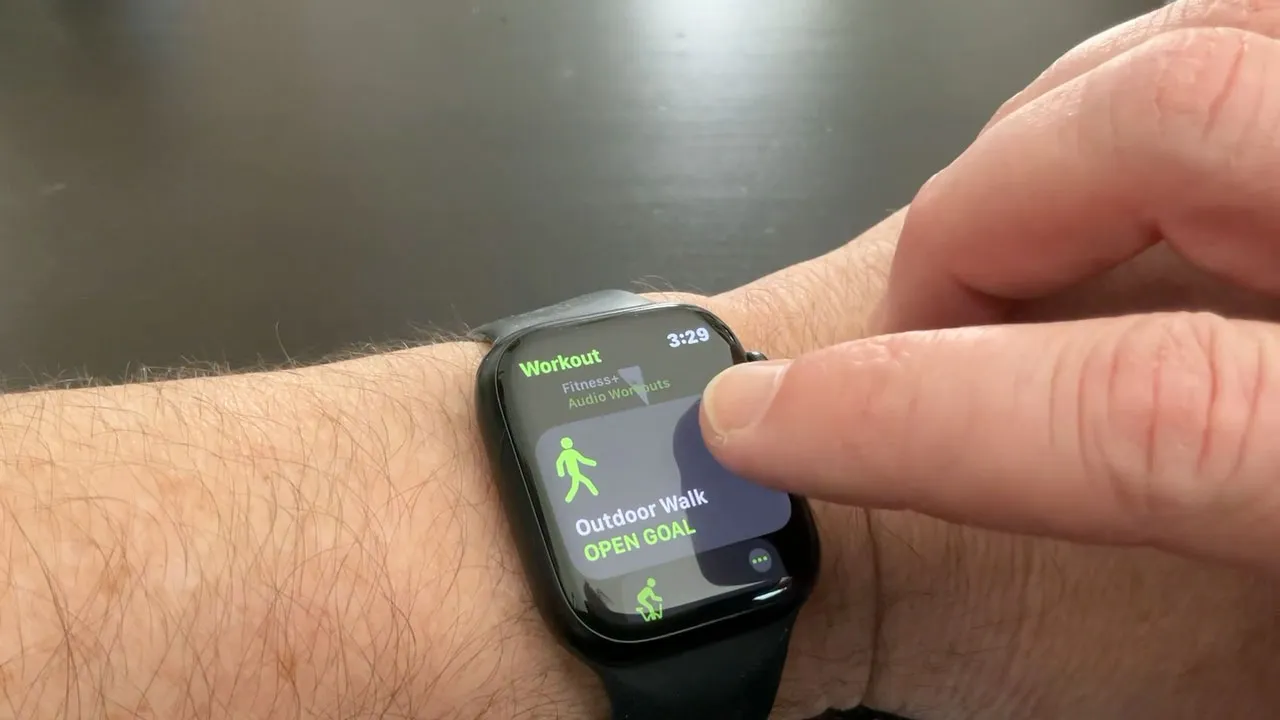


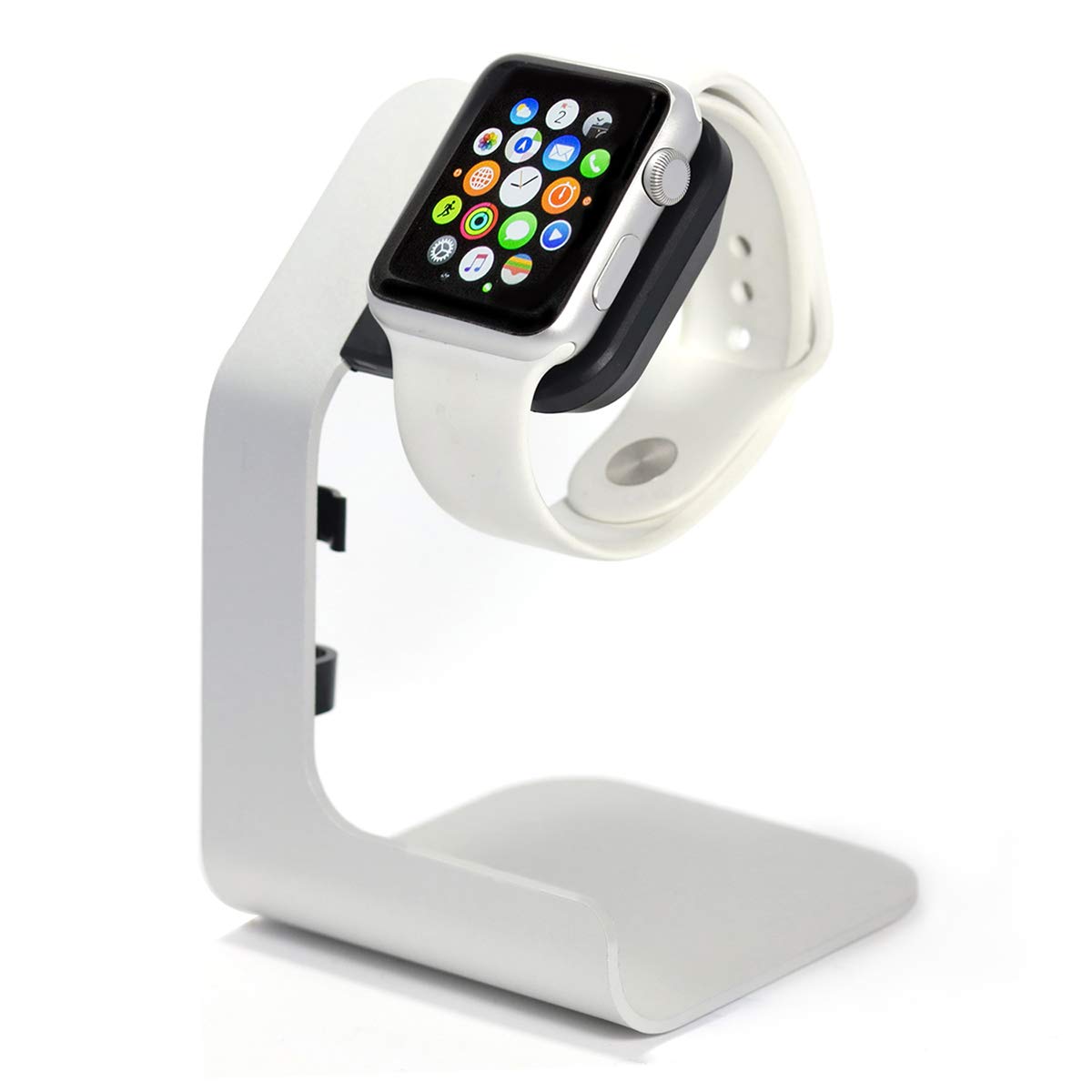



0 thoughts on “How The Apple Watch Tracks The Number Of Steps In A Flight Of Stairs”